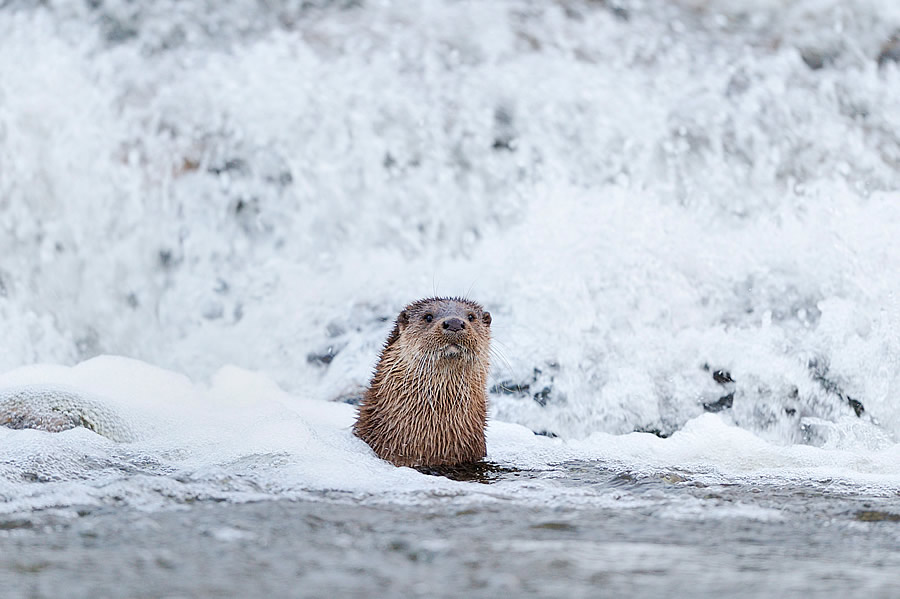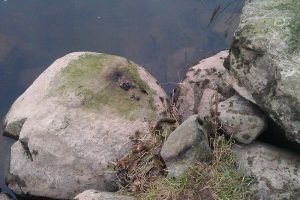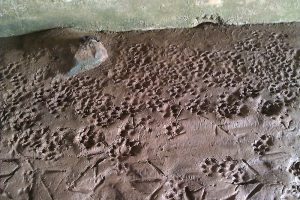
Otter surveys rely on the identification of field evidence such as spraint (droppings), footprints and the remains of fish kills. In some areas, such as Scotland, otters are virtually ubiquitous using most of the main rivers as well as tiny ditches and ponds remote from the main river. An otter can use a large (in excess of 20km of river) linear territory or ‘home-range’ which is exploited unevenly. To forage over such a distance they have numerous resting sites which may be enclosed (holts) or in the open (couches). All resting sites are protected by law and otters are also protected by law from harassment and disturbance when occupying a resting site.

A camera trap set into a box for quick maintenance
Otters use individual resting sites for very short periods, one to two days at a time, so finding field evidence to pinpoint them in the field can be very difficult particularly as they can use sites away from the river corridor.
We have years of experience of monitoring otter resting sites with camera traps and this continually feeds into our ability to interpret field signs. Our monitoring work, including monitoring the activity patterns of a breeding female at a natal holt and breeding holts has provided us with exclusive knowledge of the best approach to determine the ecological function of the holt.
If an otter resting site is present within 30m of a development site, then a derogation license under the Habitat Regulations is required if any disturbance is predicted. This buffer zone may be extended to 200m if the site is a natal or breeding site. We have successfully obtained numerous licenses for many clients to disturb otters. Proportionate mitigation underpins our approach to safe guard the otters and can help you proceed with your plans.
Further information

A typical site used as a spraint station by otters.

Otter prints are best found in silty substrates under bridges.

